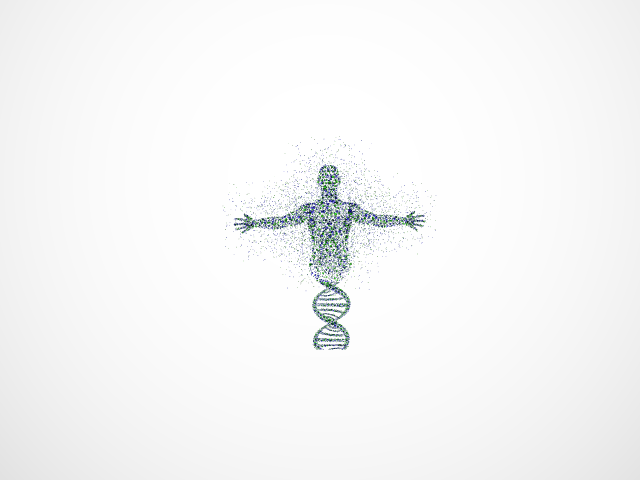CBD and Your Body
You most likely already have a basic understanding of CBD and the amazing positive effects it can have on your body. However, do you know exactly how or why CBD works? Our bodies have an endocannabinoid system to maintain homeostasis, and CBD actually helps regulate everything; from your body’s core temperature to the fluctuation of hormones.
Hemp ME CBD is derived from the hemp plant. CBD is one of the most essential cannabinoids that come together to form the plant’s complex molecular structure. The human body works synergistically with unique receptors called endocannabinoids to maintain your body’s homeostasis.
Through numerous experiments and clinical trials, CBD has displayed the ability to interact with certain cells in the body that contribute to various health remedies. In fact, many common medications work in a similar fashion. Unlike many of these traditional medications, CBD is extracted naturally from plants and not produced in a lab.

CBD and Science
Lets start with how our system interacts with the endocannabinoid system (ECS). Your body’s ECS is tasked with one of the most vital responsibilities in the entire body: maintaining homeostasis.
Homeostasis is the body’s innate ability to regulate and stabilize itself from the outside environment. Often described as the “Goldilocks zone,” homeostasis is vital to your body’s optimal performance. Just like Goldilocks wanted a bed that was “not too hard, not too soft, but just right,” your body needs to stay within certain parameters in order to function at its best. Unlike Goldilocks, your body isn’t dealing with just one obstacle at a time; it’s constantly regulating temperature, digestive function, immune system function, hormone levels, etc.
Receptor cells have a unique shape that allow it to interact specifically with certain cells. Think of these cells like a toddler’s shape toy, only the square peg can fit through the square hole, the round peg through the round hole, etc. CBD has a similar shape to certain cells in your body that allows it to interact with, or activate, receptor cells like vanilloid receptors, serotonin receptors, and adenosine receptors.
Another unique ability of CBD is that it can actually inhibit the function of CB1 cells. Think back to the toddler toy for a minute. Imagine a very determined toddler who, for whatever reason, has decided that the square peg can fit through the round hole. No matter how hard the toddler tries, the peg won’t fit through the hole without getting stuck. CBD interacts with CB1 receptors in the same way. It won’t activate them, but it can block them. This means that other cells can’t interact with the CB1 receptor cells while CBD is in there. This allows CBD to produce a wide range of beneficial effects without harsh adverse effects or dependency.
